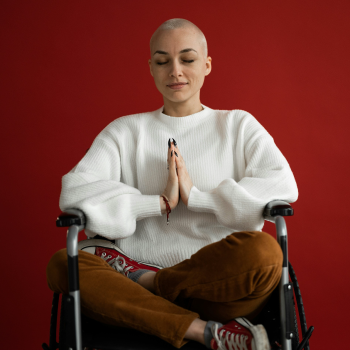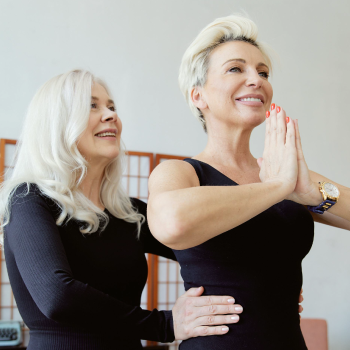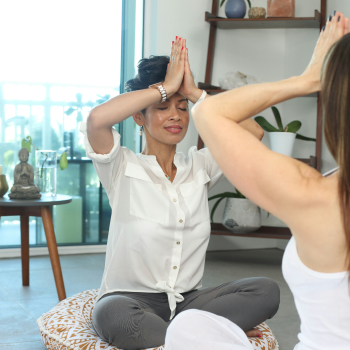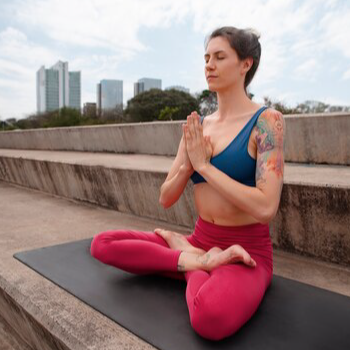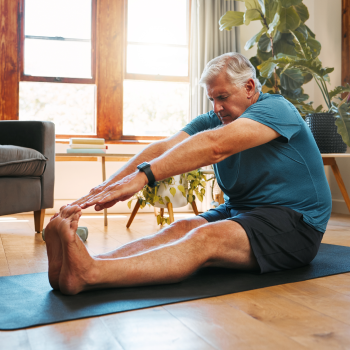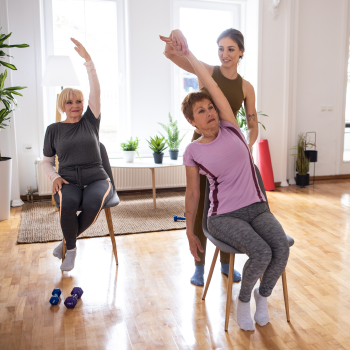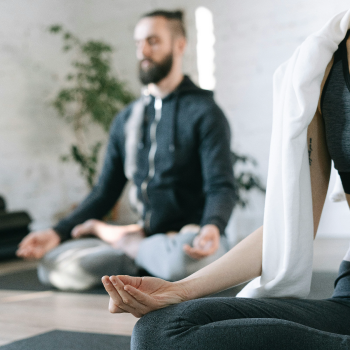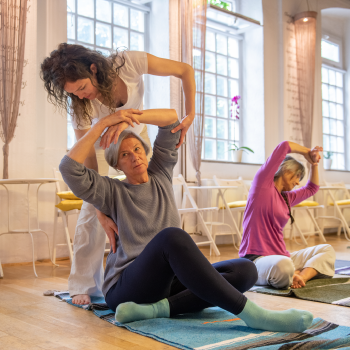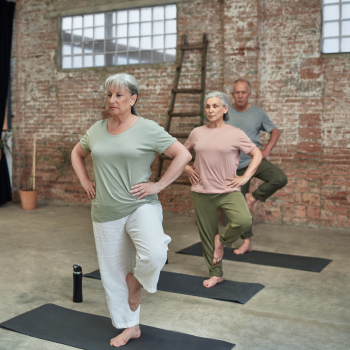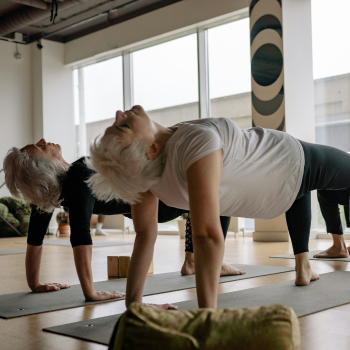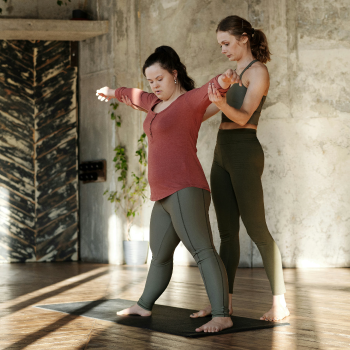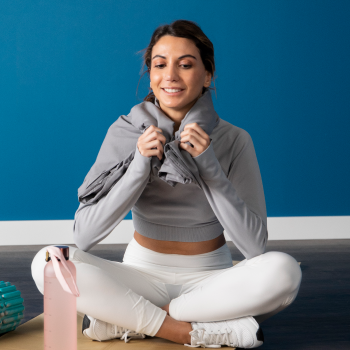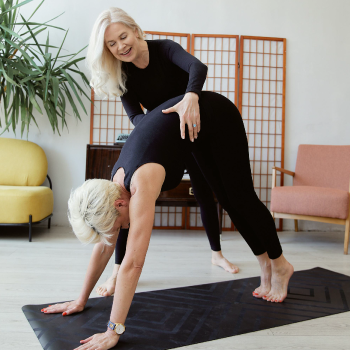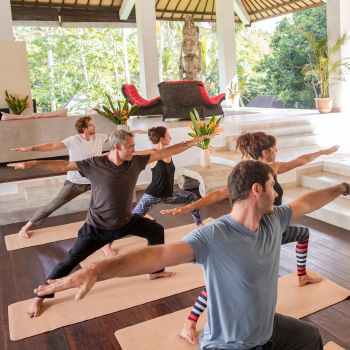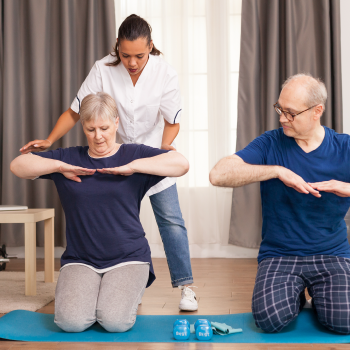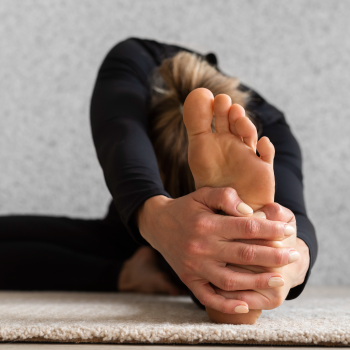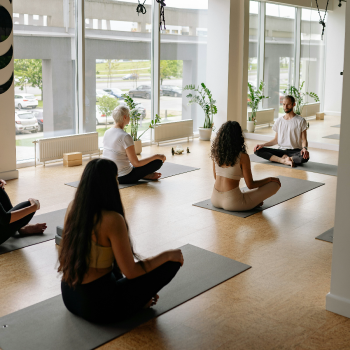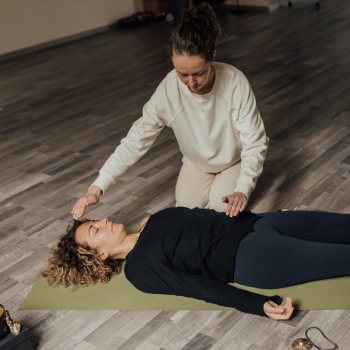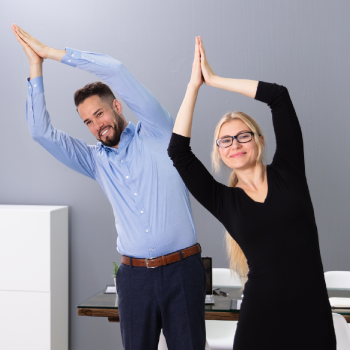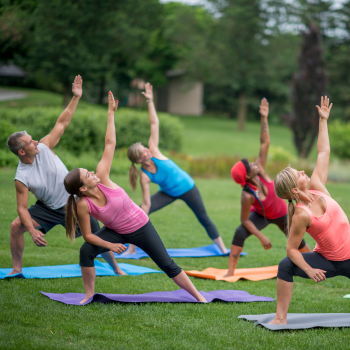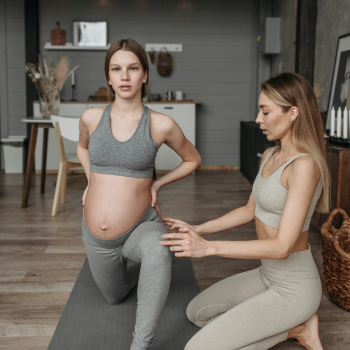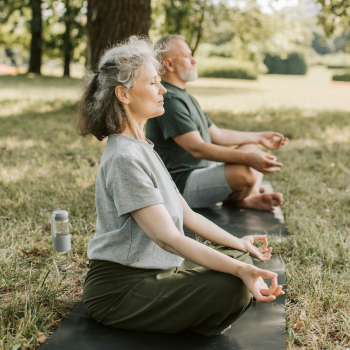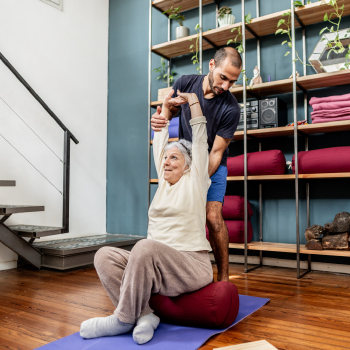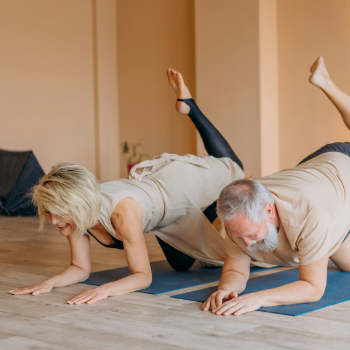Yoga Therapy for Parkinson’s Disease
Effectiveness of Yoga Therapy in a Patient with Stage-5 Parkinson's Disease: A Holistic Approach
Authors: Nishitha Jasti, BNYS, MSc; Hemant Bhargav, MD, PhD; Harish Babu, BAMS, MD; R. Nagarathna, MD, FRCP
Introduction:
Parkinson’s disease (PD) is a prevalent movement disorder where the efficacy of yoga therapy has been increasingly recognized. Research suggests improvements in functional mobility, balance, lower limb strength, and a reduction in symptoms post-yoga intervention.
Objective:
To evaluate the effectiveness of a comprehensive yoga-based lifestyle (YBL) modification program on a patient with stage-5 idiopathic Parkinson’s disease.
Case Presentation:
Demographic Details:
Patient: Mrs. A, 55-year-old housewife
Location: Holistic health care center, Bengaluru, India
Diagnosis: Stage-5 idiopathic Parkinson’s disease
Duration of Disease: 8 years
Medication: Syndopa (levodopa/carbidopa) 125 mg, four times a day for two years
Clinical Presentation:
Disabling resting tremors (initially in the left hand, later progressed)
Stiffness and pain in limbs
Difficulty in walking, speaking, maintaining sleep, and passing stools
Frequent episodes of falls, leading to wheelchair dependence
Neurologic examination: Conscious, oriented, scanning speech, festinant gait, masked facial expressions, reduced cognitive abilities, emotional lability, hypertonia, cogwheel rigidity, impaired motor coordination, normal bladder function, and no significant autonomic dysfunction.
Assessments:
Unified Parkinson’s Disease Rating Scale (UPDRS)
Berg’s Balance Scale (BBS)
Digit span test (short-term memory)
Visual Analog Scale (VAS) for pain and symptoms
Hamilton Anxiety Rating Scale (HAM-A)
Hamilton Depression Rating Scale (HAM-D)
Yoga Performance Assessment (YPA) Scale
Intervention:
The patient participated in a 4-week residential YBL program including:
Yogasana
Pranayama
Meditation
Chanting
Relaxation techniques
Devotional sessions
Yogic counseling based on yoga philosophy
Dietary modifications based on yogic principles
Duration: 60 minutes daily, 6 days a week
Outcomes:
The effectiveness of the intervention was measured using the above-mentioned scales at admission and after four weeks. The patient’s medication regimen remained unchanged during the study.
Discussion:
This case study aims to explore the potential benefits of a comprehensive yoga-based intervention in managing the complexities of Parkinson’s disease. It builds upon existing research suggesting the positive impact of yoga on various symptoms and quality of life in patients with PD.
Conclusion:
The case study highlights the importance of holistic approaches in managing neurodegenerative disorders like Parkinson’s disease. The results will provide insights into the efficacy of yoga therapy as an adjunct treatment for PD.
Citation: Jasti, N., Bhargav, H., Babu, H., & Nagarathna, R. (2020). Yoga Therapy for Parkinson’s Disease: A Case Study. Alternative and Complementary Therapies, 26(2), 1-XX. DOI: 10.1089/act.2020.29264.nja.
Efficacy of Yoga Module in Parkinson's Disease (PD) Management
Background: Parkinson's Disease (PD) presents significant challenges due to its impact on motor and non-motor functions. This case study explores the potential benefits of a yoga-based lifestyle (YBL) modification program in managing symptoms of PD.
Method: A 60-minute yoga module, specifically designed for PD patients, was administered. The program spanned over four weeks and included various yoga practices. The participant, a patient with PD, engaged in the program under supervision.
Intervention Details:
- Week 1:
- Activity: Whole-body joint loosening exercises performed sitting on a chair, coupled with mindfulness and breath synchronization.
- Duration: Three sessions daily, five minutes each.
- Exercises: Neck, shoulder, waist, knee cap, and ankle rotations (three rounds each).
- Week 2:
- Activity: Breathing exercises and relaxation techniques, along with physical postures in a supine pose.
- Duration: 10 rounds each with pose holding.
- Exercises: Hands in and out breathing, hand stretch breathing, moon pose breathing, relaxation in corpse pose, bridge pose, folded leg stretch, and half wind releasing pose.
- Week 3:
- Activity: Physical postures in standing and prone poses with added mindfulness.
- Duration: Five rounds each with pose holding for 10 breaths.
- Exercises: Lateral arc pose, serpent pose, and half locust pose.
- Weeks 1-4:
- Activity: Continuous practices post physical postures.
Exercises: Deep relaxation in corpse pose, controlled breathing techniques (Skull brightening breath, sectional breathing, alternate nostril breathing, humming bee breath), and meditative techniques (Sound resonance, OM meditation).
Results: The patient demonstrated considerable improvements in various assessments:
- Yoga Performance Ability (YPA) scale: Improved from 15 to 32.
- Unified Parkinson's Disease Rating Scale (UPDRS): Decreased from 83 to 58 (ON-state) and 55 (OFF-state).
- Berg Balance Scale (BBS): Improved from 13 to 23 (ON-state) and 26 (OFF-state).
- Digit Span Tests: Improved in both forward and backward scores.
- Visual Analog Scale (VAS) for pain: Reduced significantly.
- Hamilton Anxiety Rating Scale (HAM-A) and Hamilton Depression Rating Scale (HAM-D): Notable reductions.
Discussion: The study highlights the potential of YBL in managing PD symptoms. The gradual introduction of yoga practices, along with mindfulness and breath synchronization, was pivotal. Improvements were observed in motor functions, mood, appetite, and overall quality of life. The case suggests the importance of integrating yoga therapy into treatment regimens for PD, emphasizing the role of a holistic approach in managing chronic conditions.
Conclusion: This case study indicates that add-on yoga therapy can potentially reduce tremors, bradykinesia, and rigidity while improving balance and quality of life in PD patients. However, further research is necessary to confirm these findings and understand the influence of therapist-patient interactions on outcomes.
https://drive.google.com/drive/folders/1rN3z8pK56qnS5Vnnv7ExD4sAPV-rY83-
Written By: Ram on 06-01-2023

